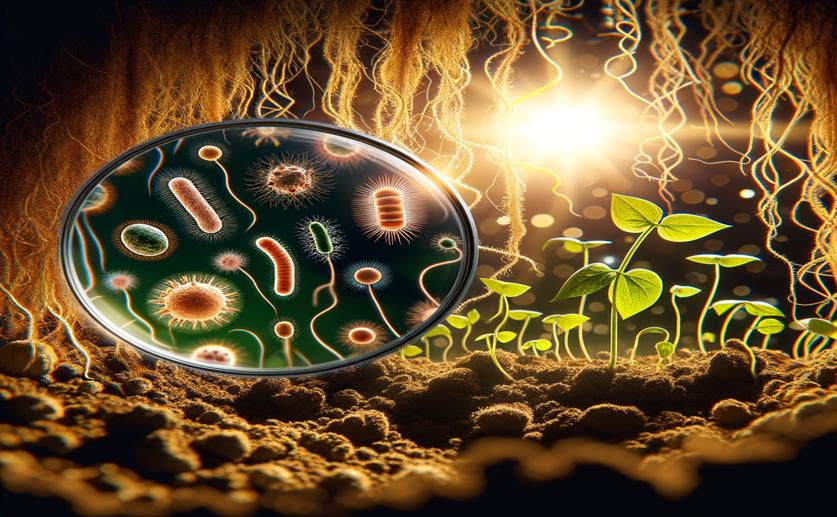
How Soil Microbes Change as the Invasive Plant Spreads
Jim Crocker
7th August, 2024

Image Source: Natural Science News, 2024
Key Findings
- The study in Pu’er city, Yunnan Province, found that soil microbial communities differ significantly between the rhizosphere (soil around roots) and bulk soil
- Bacterial diversity is higher in bulk soil compared to the rhizosphere, while fungal and archaeal communities show no significant difference between these soil types
- Key soil nutrients like total potassium, total phosphorus, and available nitrogen are major factors influencing the structure of soil microbial communities
EnvironmentEcologyPlant Science
References
Main Study
1) Rhizosphere microbial community construction during the latitudinal spread of the invader Chromolaena odorata
Published 6th August, 2024
https://doi.org/10.1186/s12866-024-03450-x
Related Studies
2) Rhizosphere bacteriome structure and functions.
3) Impacts of Invasive Australian Acacias on Soil Bacterial Community Composition, Microbial Enzymatic Activities, and Nutrient Availability in Fynbos Soils.
4) Soil bacterial networks are less stable under drought than fungal networks.



 29th July, 2024 | Jenn Hoskins
29th July, 2024 | Jenn Hoskins